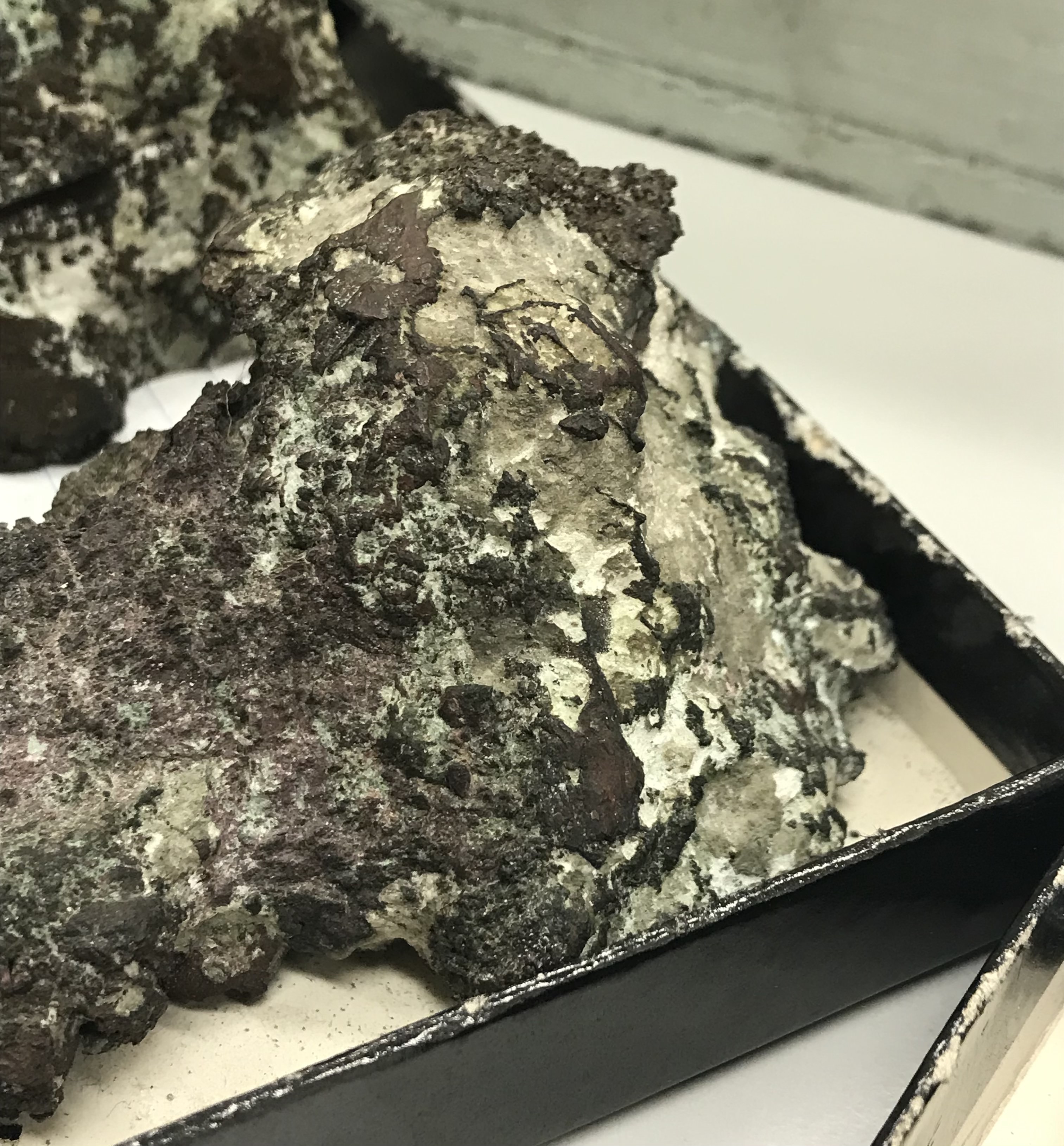
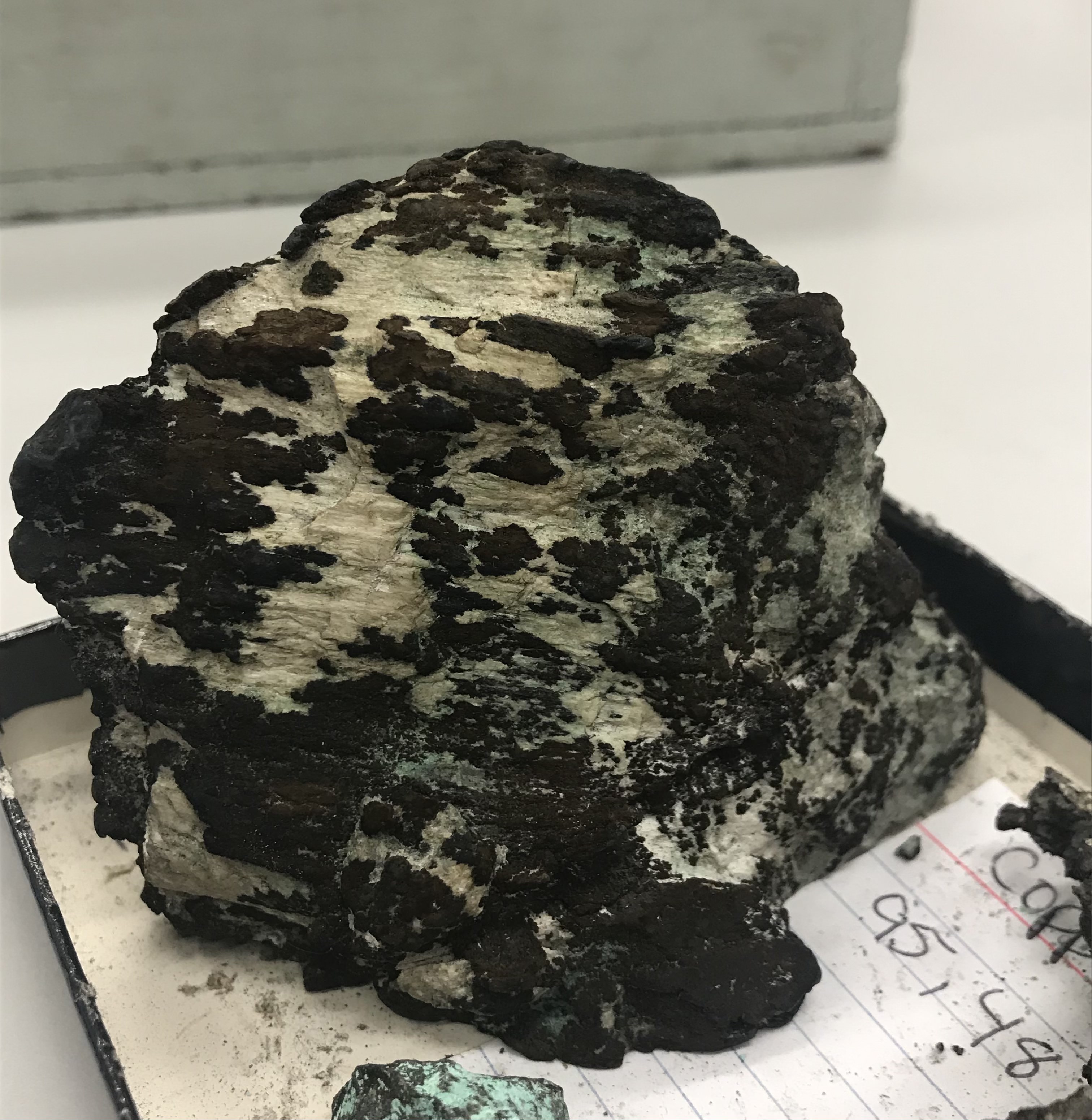
Copper is a reddish-brown, metallic mineral that has both a high thermal and electrical conductivity. Chalcopyrite is a copper-abundant mineral, often the most common source of copper used in engineering. Copper is normally found in small quantities, which requires mining in order to obtain a substantial amount. Nonetheless, copper is an abundant and common mineral, making it a useful source for renewable energy.
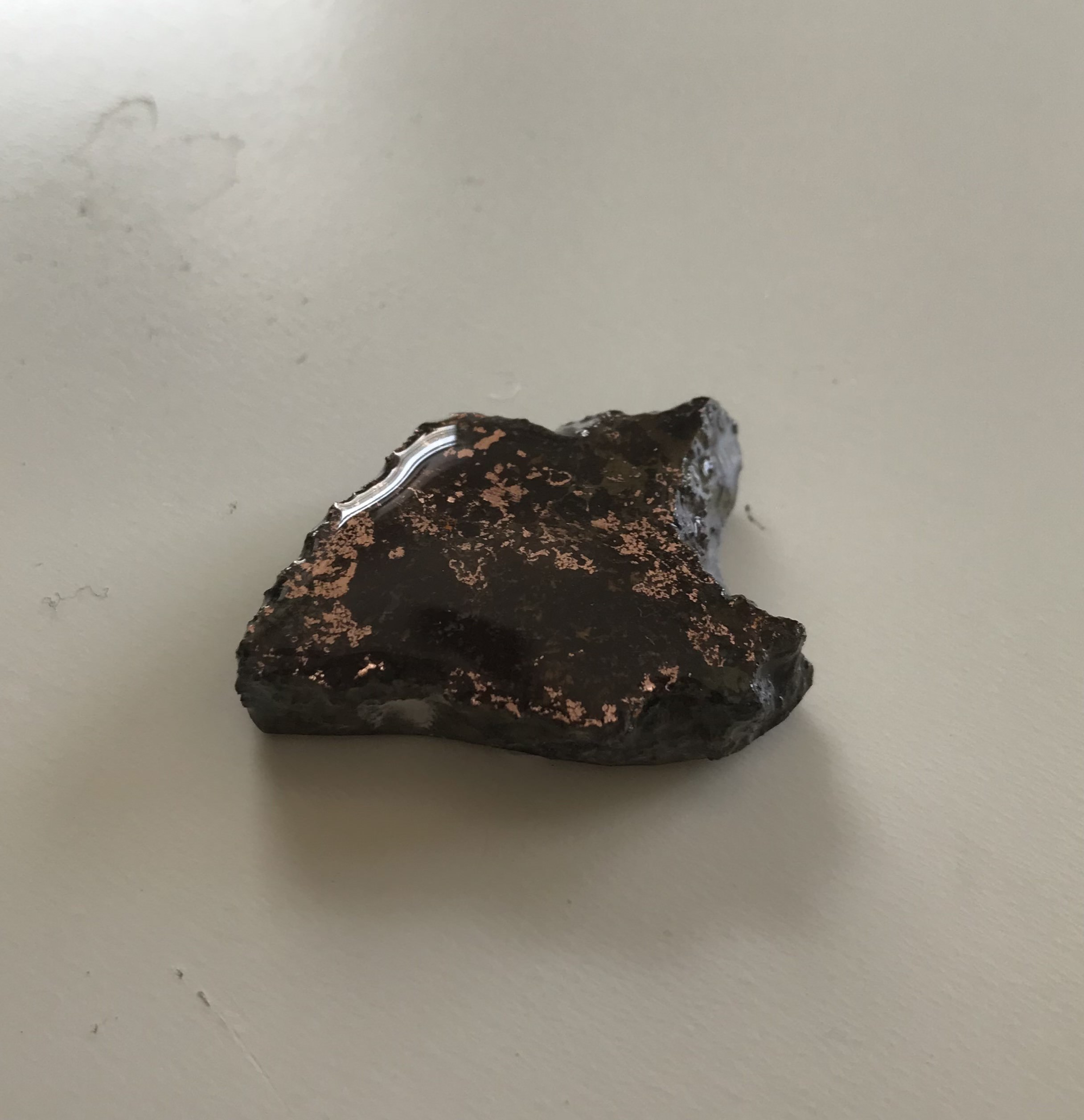
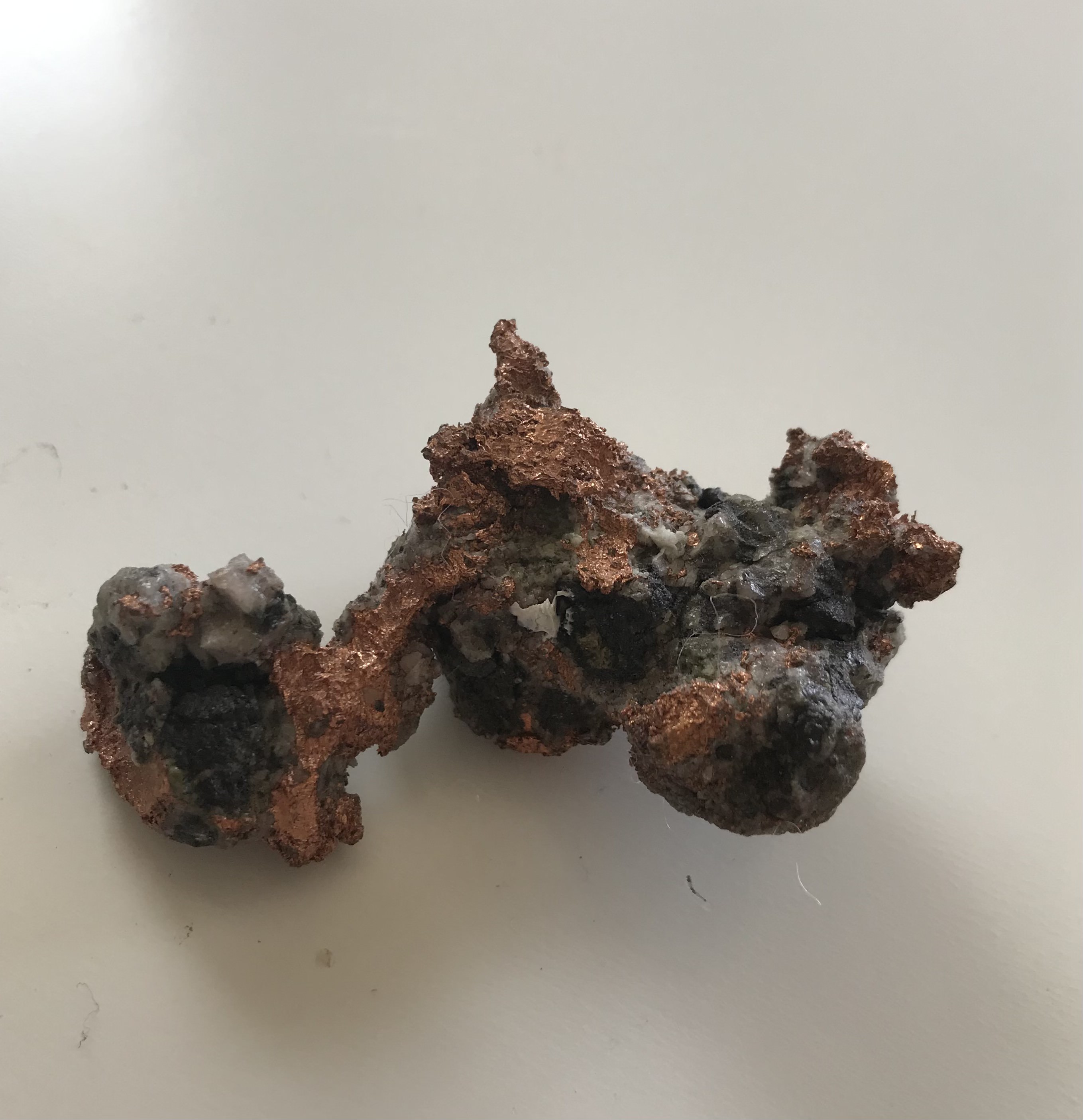
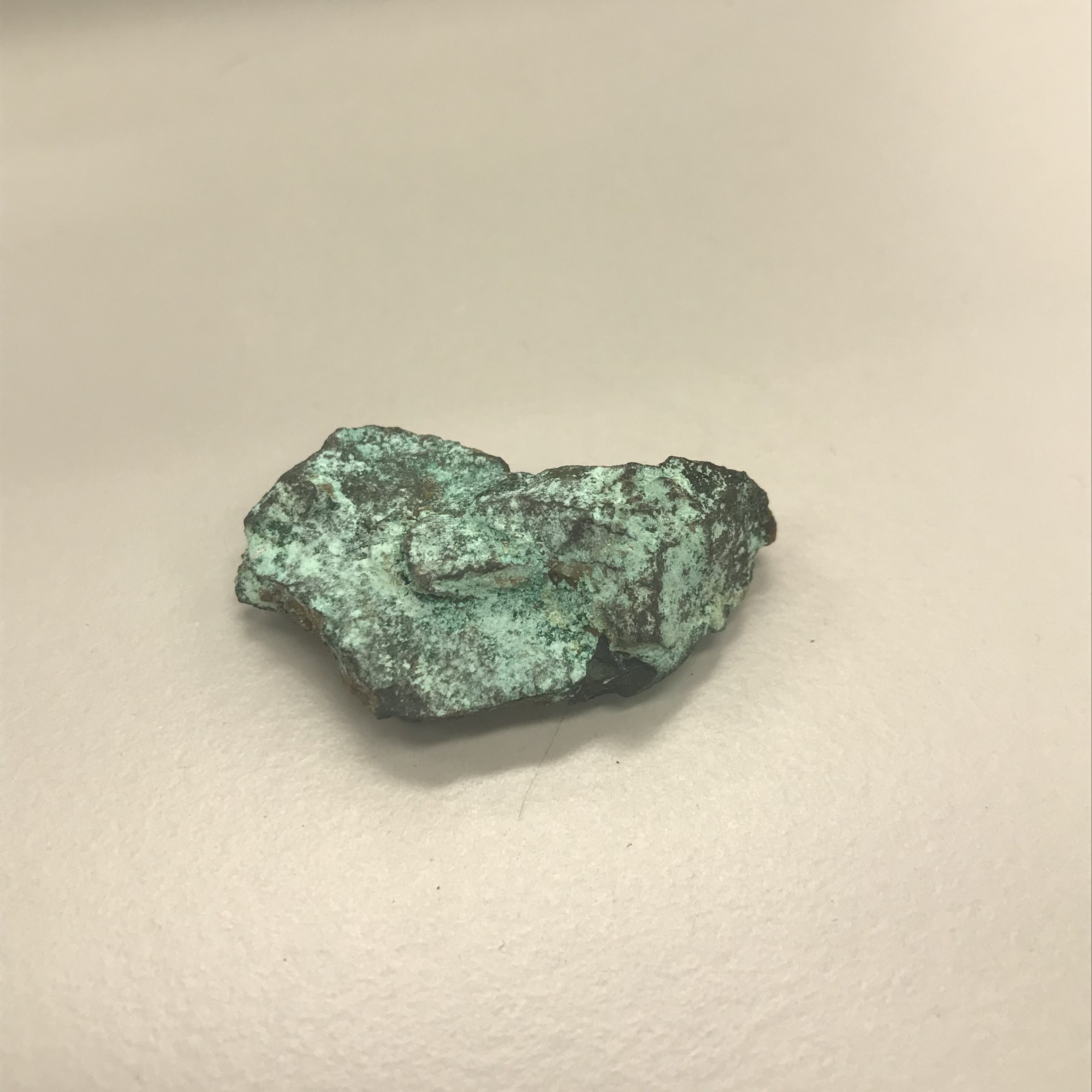
| Color | Brown, red |
|---|---|
| Luster | Metallic |
| Streak | Red |
| Hardness (Mohs) | 3 |
| Cleavage | None | Specific Gravity | 8.9 |
| Chemical Formula | Cu |
| Crystal Structure | Isometric |
| Classification | Oxide |
Copper is often used in solar panels to create renewable energy. With solar panels, they use thin-film solar cells to convert sunlight into electricity. Solar cells are made up of several layers. There is the first layer of anti reflective coating (zinc oxide), the CdS buffer layer, the semiconductor absorbing later, then the contact layer of glass. In solar cells, copper is used as the light-absorbing layer. It catches the sunlight and converts the electrons into electricity through the thin-film solar cell.
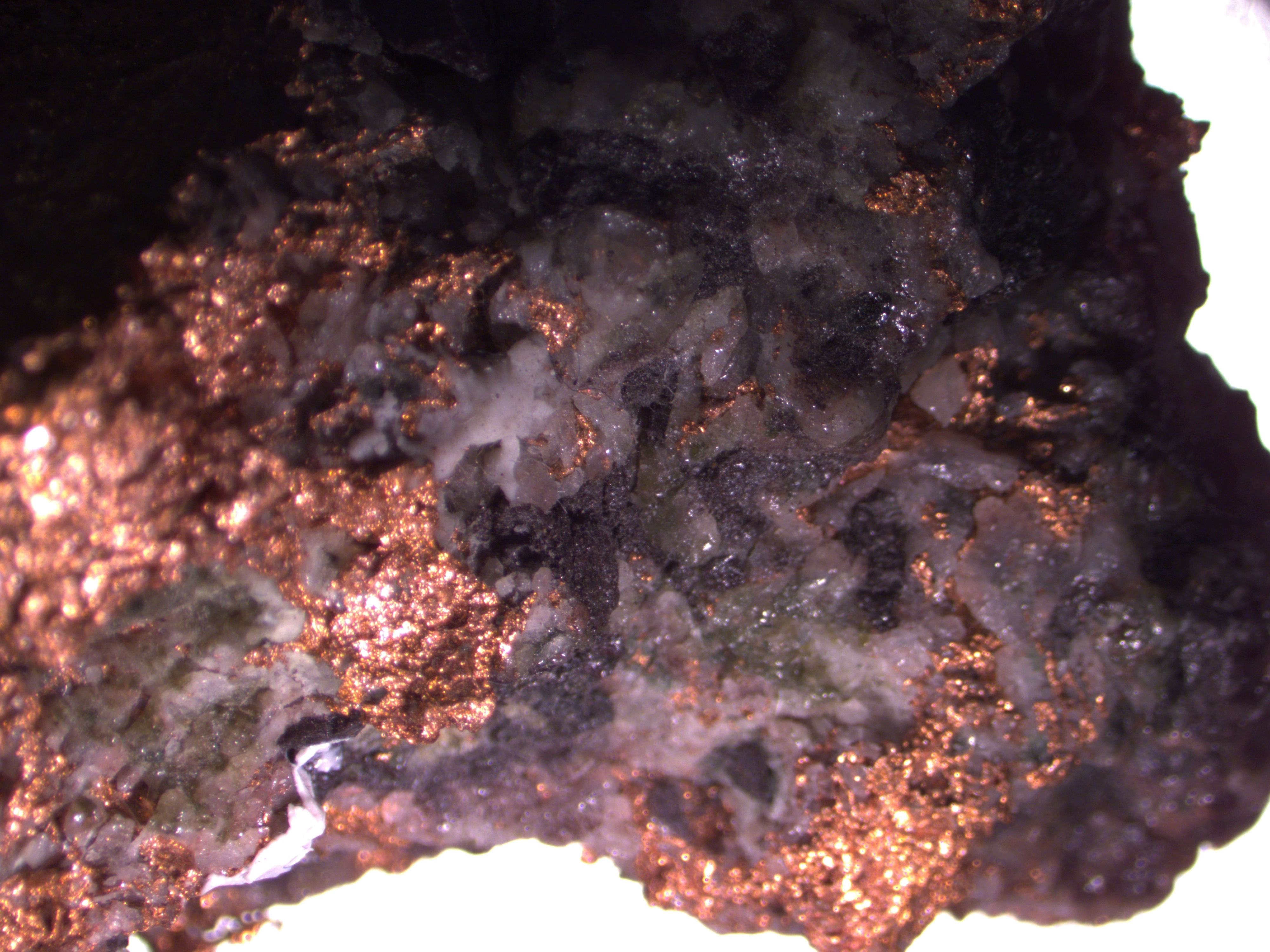
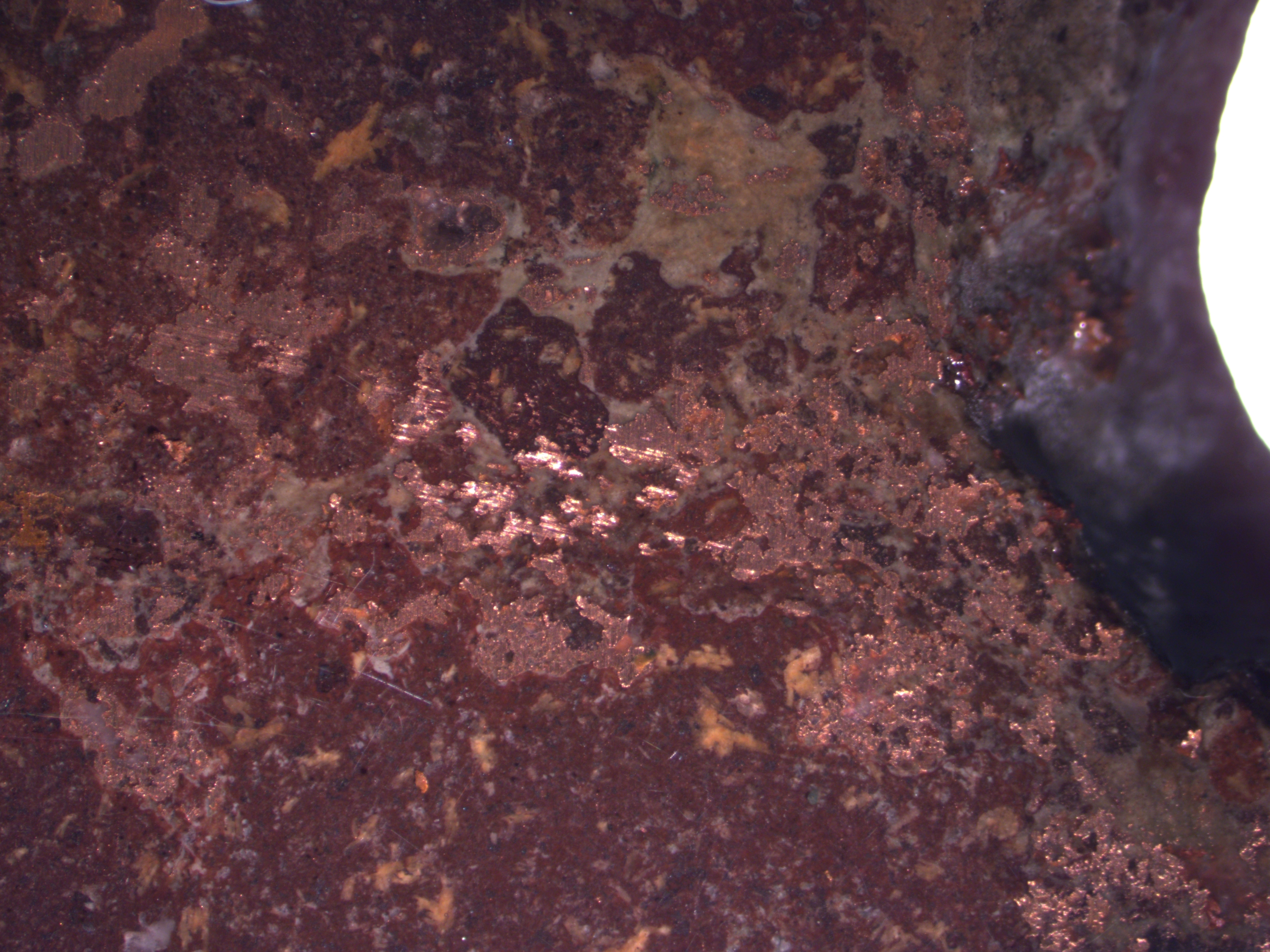
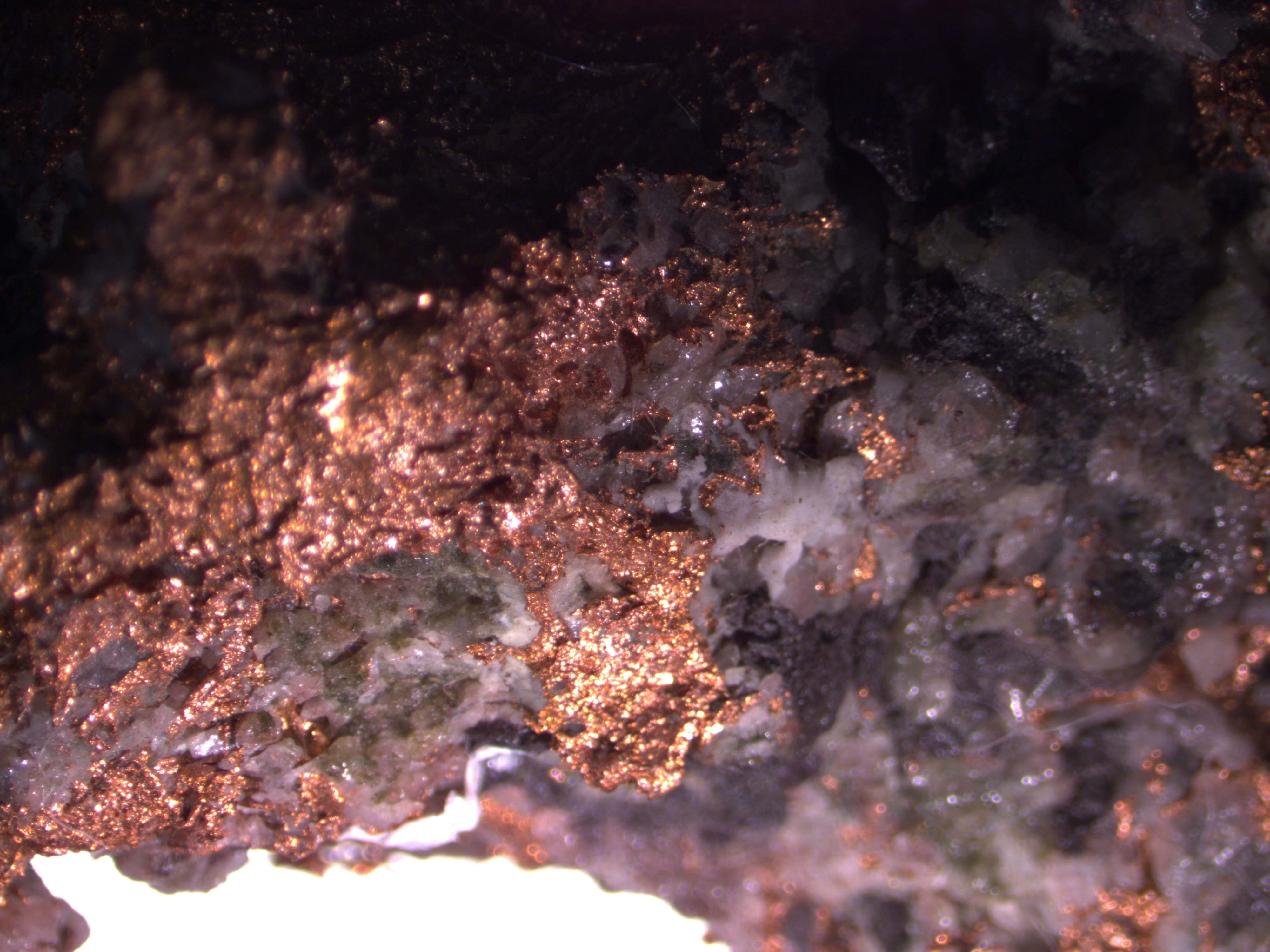
Copper is an important source for renewable energy because it is an abundant, naturally occurring substance. It can be mined for great amounts and is used in a variety of ways. Its heat and electricity conducting properties make it useful for wiring and building common home appliances.
While copper does help create renewable energy, we must also be mindful of how we obtain copper. The process of mining can be harmful to the environment and create setbacks for our progress in the fight against climate change. Mining copper produces air pollutants and other toxic waste, puts miner’s health at risk with the released silica particles being inhaled, and uproots families from their homes (when near mines).
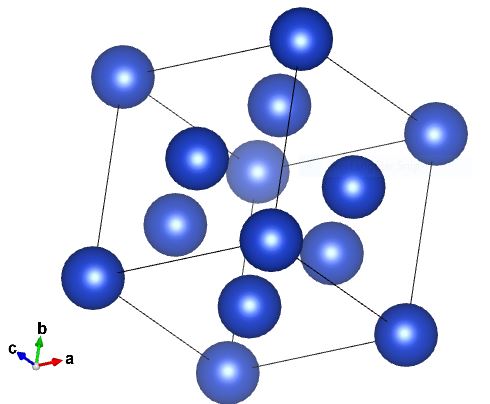
Copper's crystal system is isometric. This means that each plane of axis is equal to each other, and each angle (α, β, γ) is equal to 90°, making the axes perpendicular to each other. This forms the unit cell into the shape of a cube. The atomic makeup of copper consists of copper atoms (blue).